Collection
Theme
Country
- United States (slavery location)
- India (slavery location)
- India (trafficked from)
- United States (trafficked from)
- United Kingdom (slavery location) 20 More
Date
- 2018 (Narrative date)
- 2017 (Narrative date)
- 2016 (Narrative date)
- 2014 (Narrative date)
- 2015 (Narrative date) 20 More
Type
1,360 results
VOICES: Narratives by Survivors of Modern Slavery
This is the world's largest archive of modern slavery survivor narratives. Across more than a million words spoken or written by survivors of modern slavery, we can see why slavery persists in particular hotspots, analyse patterns in trafficking routes, identify vulnerabilities, understand more about the challenges survivors face in liberation, and discover new antislavery solutions. These narratives offer the chance to systematically design new antislavery strategies based on the experiences, ideas and solutions of enslaved people themselves.
The database is searchable by country, name, theme, and narrative date. Narratives can be viewed in list or map form. A short introduction provides context to each narrative. Narrative provenance appears after the main narrative text.
For ideas on how to use this database, please see our accompanying guide.
Project Lead: Zoe Trodd. Team Members: Andrea Nicholson, Lauren Eglen, Rosemary Pearce, Olivia Wright.
Project Funders: AHRC Antislavery Usable Past grant (2014-19), ESRC/AHRC PaCCS Modern Slavery: Meaning and Measurement grant (2016-19), and AHRC-GCRF Antislavery Knowledge Network grant (2017-2021).
For any queries about the collection please contact: [email protected]. If you wish to cite a particular narrative, please acknowledge the survivor’s name, the provenance of the narrative and cite: Voices Database, the Rights Lab, University of Nottingham.
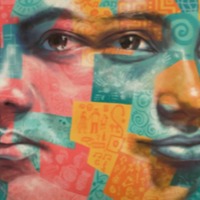
Dina
In 1993, Dina Chan was exploited in northern Cambodia. Women are internally trafficked for sexual exploitation in Cambodia, usually from rural areas to the country’s capital, Phnom Penh, and other secondary cities. Cambodian women are also brought to Thailand and Malaysia for commercial sexual…
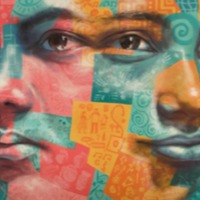
Patience
The system of trokosi (“wife of the gods”) has existed in the Volta region of rural Ghana for centuries. During the late 1990s, numbers reached to around 6000 trokosi, most native to Ghana. It also exists in Togo, Benin, and southwestern Nigeria. Fetish priests who run shrines insist that only…
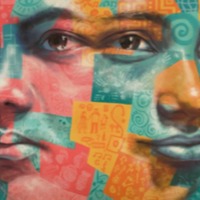
Katya (Narrative 1)
Twenty-year-old 'Katya' was trafficked from the Ukraine to the United States in 2004, and enslaved in a strip club in Detroit. She escaped in February 2005. The escape led to the arrest and conviction of her traffickers. In 2007 she told her story to a U.S. House of Representatives committee, using…
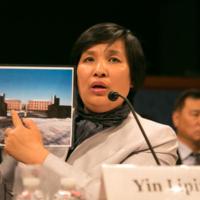
Yin Liping
Yin Liping is a Falun Gong practitioner who was enslaved as a political prisoner in China. She was arrested seven times between 2000 and 2013, tortured, and incarcerated in labour camps, including the Masanjia Labor Camp, during three of her detentions. In August 2013, she escaped from China to…

Holly (Narrative 1)
Holly Austin Gibbs (formerly Smith) is a survivor of child sex trafficking and an advocate for survivors of all forms of human trafficking. In 2011, Holly submitted joint testimony to Congress with labour trafficking survivor, Ima Matul, in support of reauthorization of the Trafficking Victims…

Barbara
Barbara Amaya is an award winning author, advocate and survivor. From the age of 12 she was trafficked in Washington DC and New York for over a decade. A sought-after speaker and advocate for trafficking victims and survivors of trauma everywhere, Barbara has shared her story on television and…
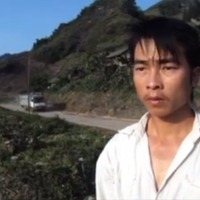
Trong
China remains a source, transit and destination country for men, women and children subject to forced labour. There have been a number of media reports exposing cases of forced labour in the country, especially among the disabled whose families are unable to care for them and with an underdeveloped…
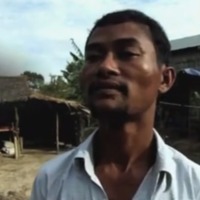
Vannak
Men, women and children are victims of human trafficking for forced labour in the Thai fishing industry. Enslaved people are subjected to physical abuse, excessive and inhumane working hours, sleep and food deprivation, forced use of methamphetamines and long trips at sea confined to the vessel. Due…
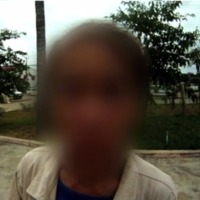
Vatsana
It is estimated that 425,500 people are enslaved in Thailand, with the many subjected to forced labour. Women overseas-workers most often find employment in private households or service sectors, finding themselves having to pay significant fees for the migration and recruitment process. Domestic…

Xiaoxiang
Minority children and those from very poor families are extremely vulnerable to trafficking in China. A highly organised practice exists where couples have children for the very purpose of selling them. Children from minorities are also deceived into trafficking under the false promise of work in…

Zakir
India has a population of more than 1.3 billion people, there are still at least 270 million people living on less than US$1.90 per day. While laws, systems and attitudes regarding key 'fault lines' such as the caste system, gender and feudalism are rapidly changing, social change of this depth and…

Bella A.
The UK is a destination for men and women from Central and Eastern Europe, Asia, Africa and the Middle East often seeking better livelihood opportunities. The latest government statistics derived from the UK National Referral Mechanism in 2014 reveal 2,340 potential victims of trafficking from 96…
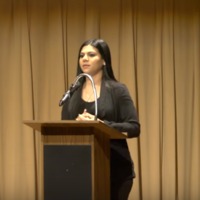
Shyima
Egypt is a source, transit and destination country for women and children trafficked for the purposes of forced labour and sexual exploitation. Egyptian children are recruited for domestic and agricultural labour with some of these children facing conditions indicative of involuntary servitude such…
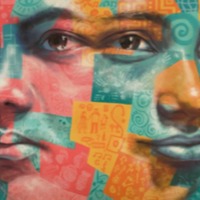
Shandra (Narrative 3)
There are an estimated 57,700 people in modern slavery in the US according to GSI estimates. The US attracts migrants and refugees who are particularly at risk of vulnerability to human trafficking. Trafficking victims often responding to fraudulent offers of employment in the US migrate willingly…
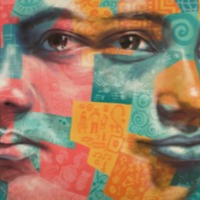
Mark
Despite having the lowest regional prevalence of modern slavery in the world, Europe remains a destination, and to a lesser extent, a source region for the exploitation of men, women and children in forced labour and commercial sexual exploitation. According to the most recent Eurostat findings,…
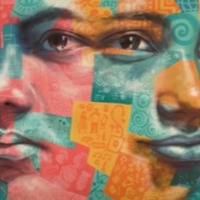
Mitos
The United Kingdom remains a significant destination and, to a lesser extent, transit country for women, men and children trafficked for the purposes of forced labour and commercial sexual exploitation. Migrant workers are trafficked to the UK for forced labour in agriculture, construction, food…
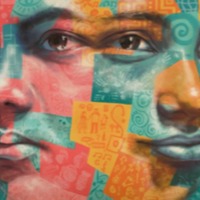
Ope
There are an estimated 11,700 people living in modern slavery in the United Kingdom. It remains a destination for men, women and children from countries across the world including Asia, Africa and Eastern Europe, often seeking opportunities for a better livelihood. The latest government statistics…

Cristina
The United Kingdom remains a significant destination for men, women and children trafficked for the purposes of commercial sexual exploitation and forced labour. The latest government statistics derived from the UK National Referral Mechanism in 2014 reveal 2,340 potential victims of trafficking…
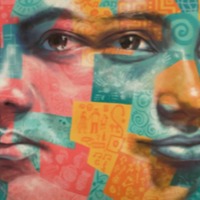
Arti L.
The United Arab Emirates is a destination for men and women predominantly from South and Southeast Asia, trafficked for the purposes of labour and commercial sexual exploitation. Migrant workers make up over 90 per cent of the UAE’s private sector workforce and are recruited from India,…
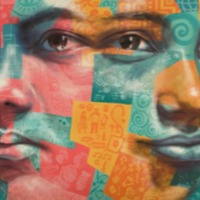
Aziz
Afghanistan is a source, transit, and destination country for men, women, and children trafficked for the purposes of forced labor and commercial sexual exploitation. Afghan boys and girls are trafficked within the country for commercial sexual exploitation, forced marriage to settle debts or…